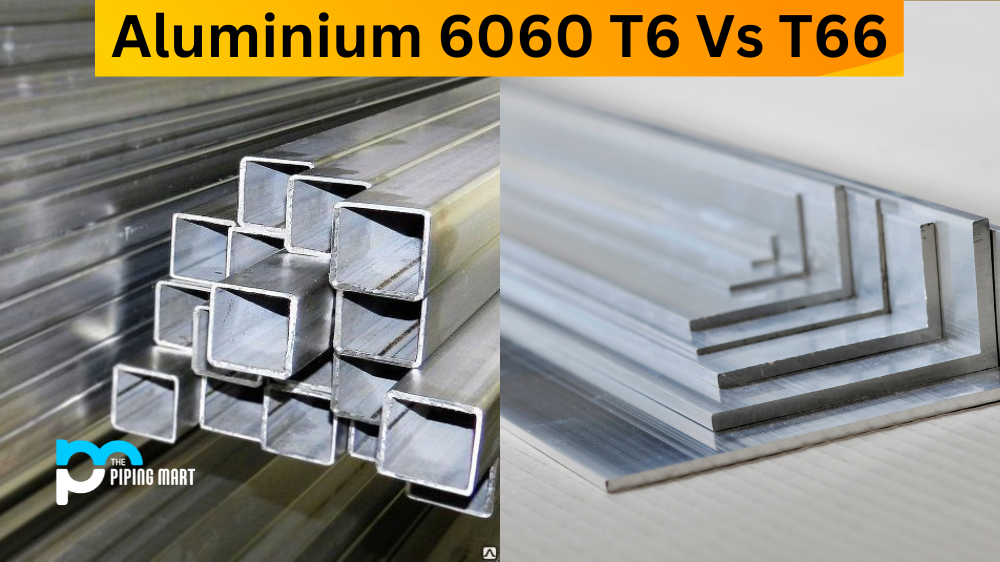Different materials are used for industrial piping and valve systems to meet other specifications and requirements. Two common materials that you may come across are ASTM A105 and A105N. Although they may sound similar, these two materials have some key differences. This blog post will explore the differences between ASTM A105 and A105N to help you decide when choosing a material for your piping and valve systems.
Difference Between ASTM A105 and A105N
Composition
ASTM A105 and A105N are both carbon steel materials but are compositionally different. ASTM A105 is a forging specification that covers a carbon steel alloy used for high-temperature service. It contains low carbon, manganese, phosphorus, and sulfur content. ASTM A105N, on the other hand, is also a forging specification but requires a minimum of 0.35% silicon. This is added to improve its mechanical properties, mainly its strength and toughness. So, while ASTM A105 is a generic carbon steel, A105N is a modified carbon steel with additional silicon content.
Heat Treatment
Heat treatment of materials is crucial in determining their physical and mechanical properties. ASTM A105, a basic carbon steel, has a maximum carbon content of 0.35%. This means heat treatment is unnecessary for this material, except for stress-relieving purposes. Heat treatment may be required if the carbon content exceeds 0.35%. A105N, on the other hand, is a modified carbon steel with additional silicon content, which imparts better mechanical properties. This material requires heat treatment, mainly normalization and tempering, to achieve its desired properties.
Usage
ASTM A105 and A105N are commonly used in high-pressure applications, such as steam and gas piping systems. ASTM A105 is generally used in low-pressure systems, whereas A105N is used in high-pressure systems. This is due to its higher silicon content, which provides better strength and toughness, making it ideal for higher-pressure applications. In addition, A105N is not recommended for low-temperature applications, while A105 can be used for a wider temperature range.
Tensile Strength
The tensile strength of ASTM A105 is greater than that of ASTM A105N. The yield strength of ASTM A105 is also greater than that of ASTM A105N.
Impact Strength
The impact strength of ASTM A105 is lower than that of ASTM A105N. This means that ASTM A105 is more likely to break under impact than ASTM A105N.
Temperature Range
The temperature range of ASTM A105 is -20 to 400 degrees Fahrenheit (-29 to 204 degrees Celsius). The temperature range of ASTM A105N is -20 to 500 degrees Fahrenheit (-29 to 260 degrees Celsius). This means that ASTM A105N can be used at higher temperatures than ASTM A105.
Cost
Cost is one of the major factors when choosing a material for your projects. As a plain carbon steel, ASTM A105 is generally cheaper than A105N, which requires additional elements such as silicon, manganese, and nickel to improve its mechanical properties. The extra cost of A105N comes with enhanced strength and toughness, making it suitable for demanding applications.
Conclusion
ASTM A105 and A105N are commonly used carbon steel materials in industrial piping and valve systems. While they may appear similar, they are compositionally different, with A105N being a modified carbon steel containing additional elements such as silicon. This added feature improves its mechanical properties, making it suitable for higher-pressure applications. Both materials are heat-treated differently, with A105N requiring normalization and tempering. As for cost, A105 is generally cheaper than A105N, which comes with a higher price tag due to its additional elements. Whichever material you choose, select the appropriate one based on the application’s requirements and specifications.

Pipingmart is a B2B portal that specializes in metal, industrial and piping items. Additionally, we share the latest information and information about materials, products and various types of grades to assist businesses that are involved in this business.




